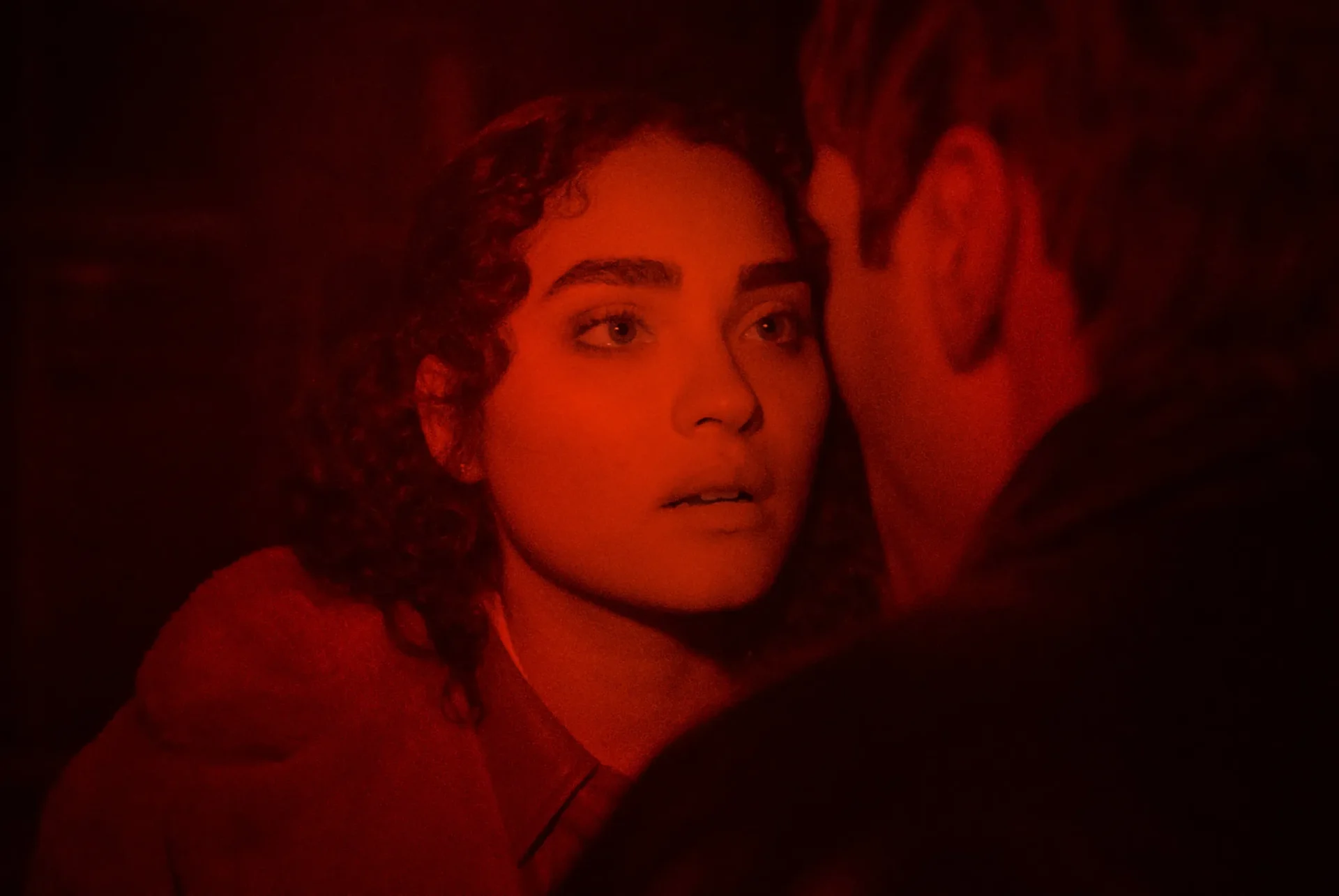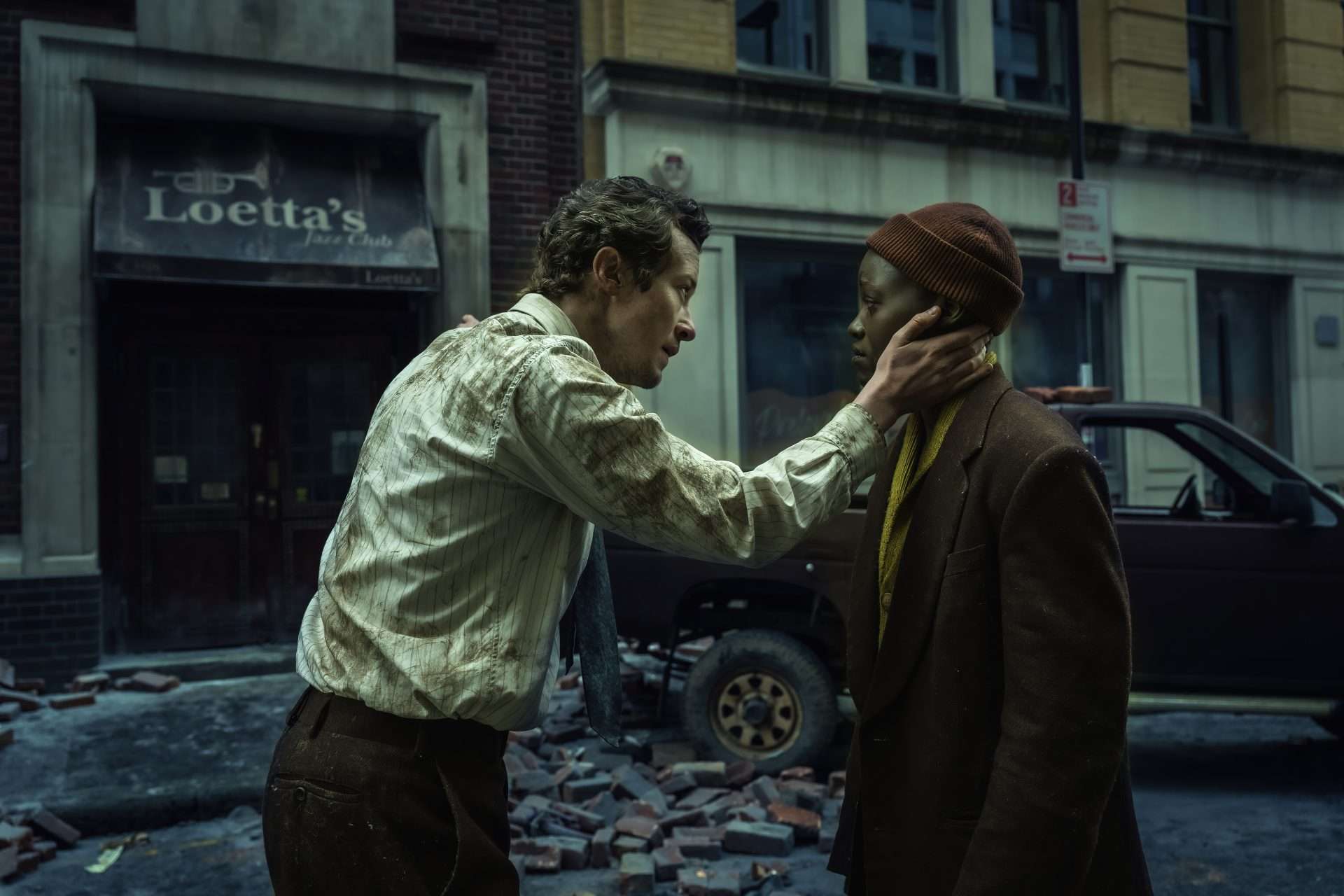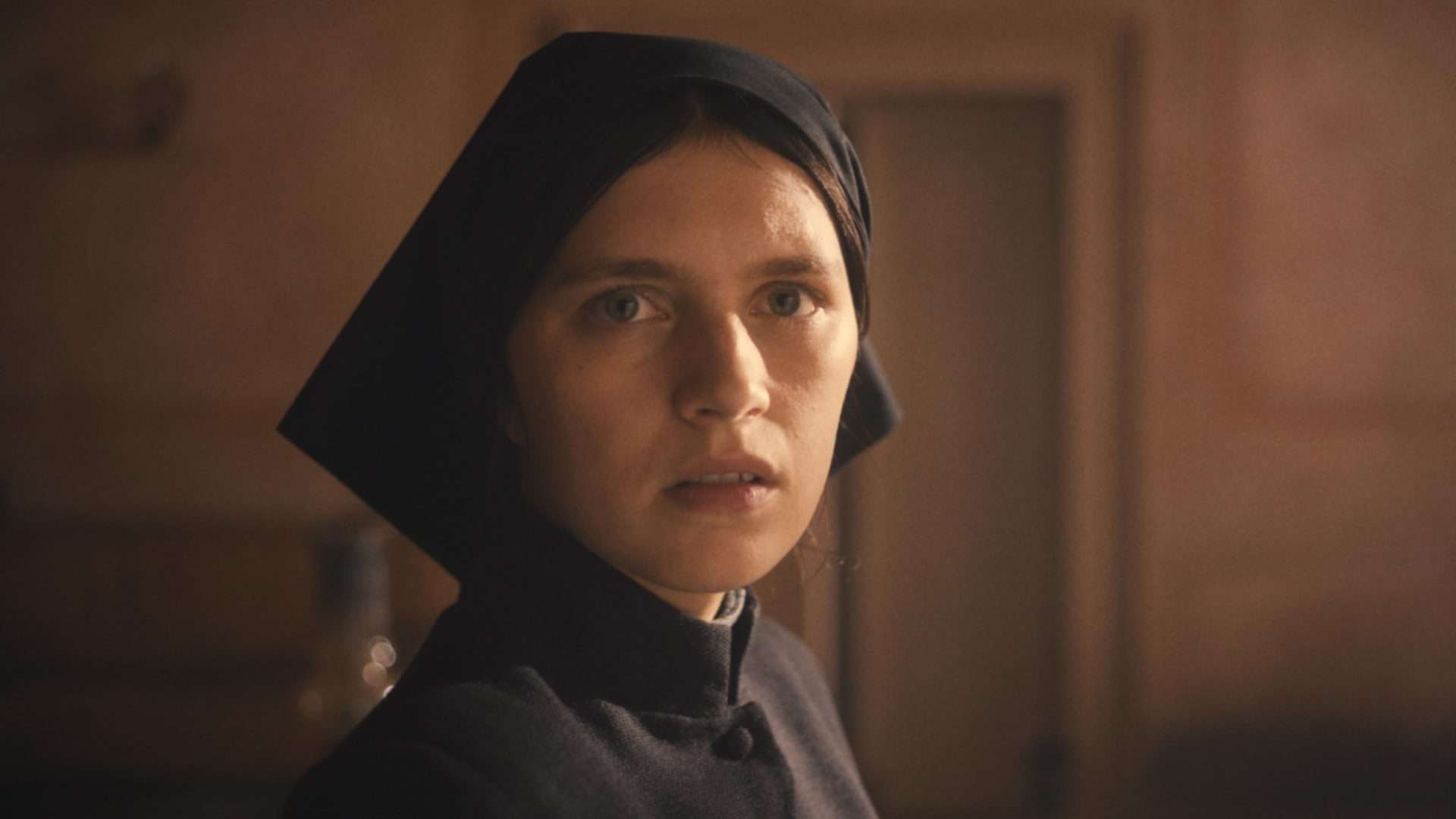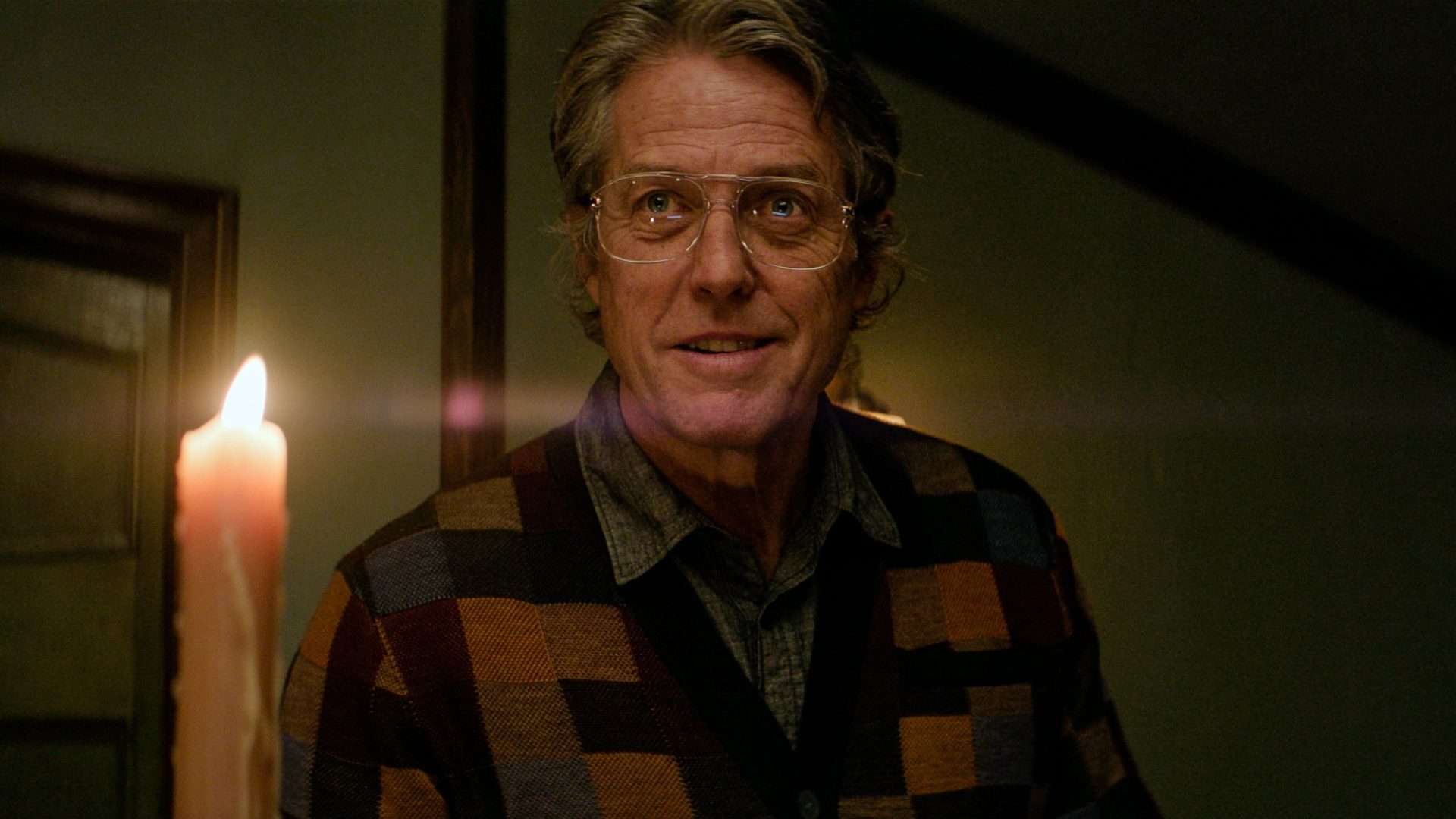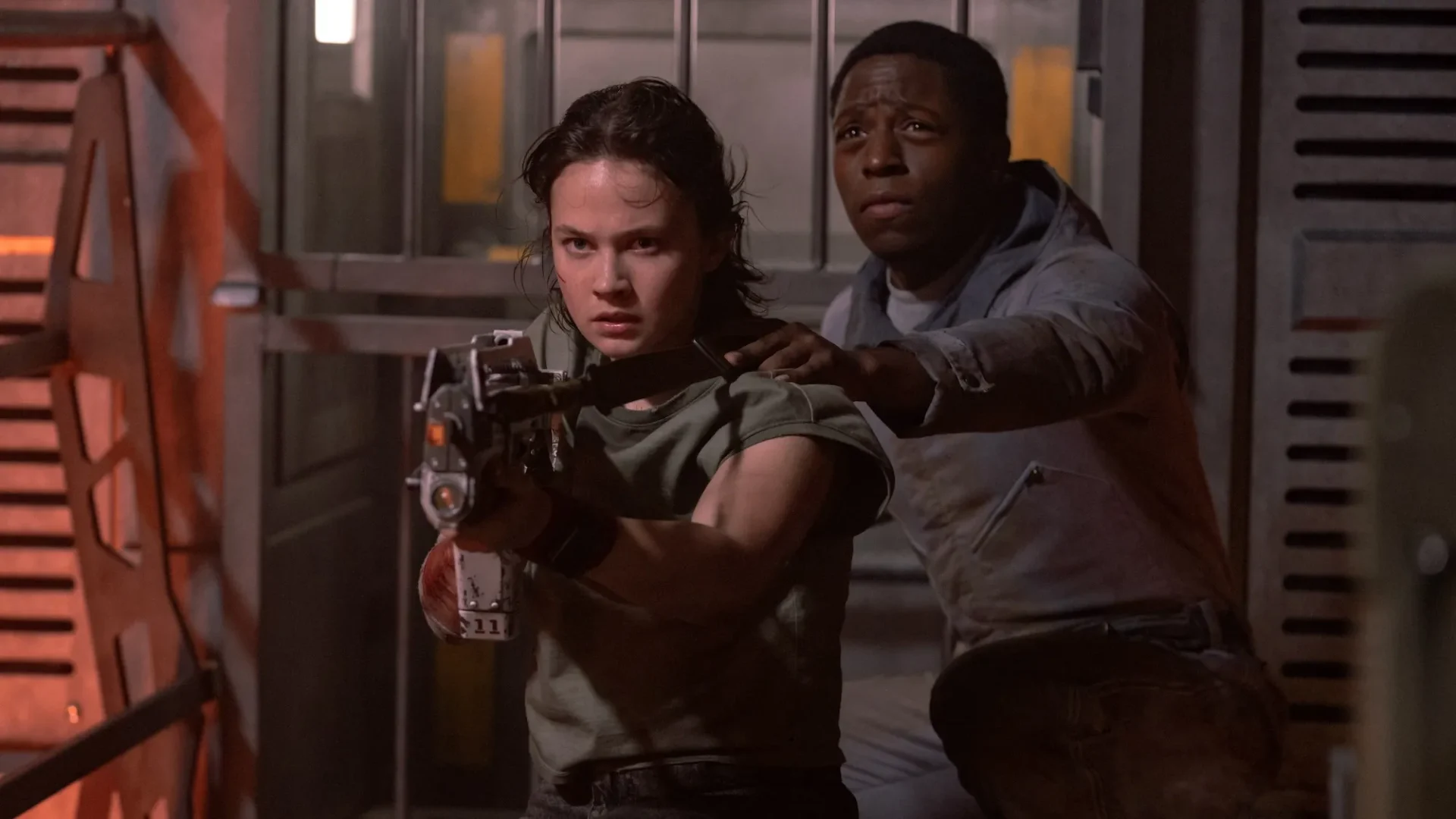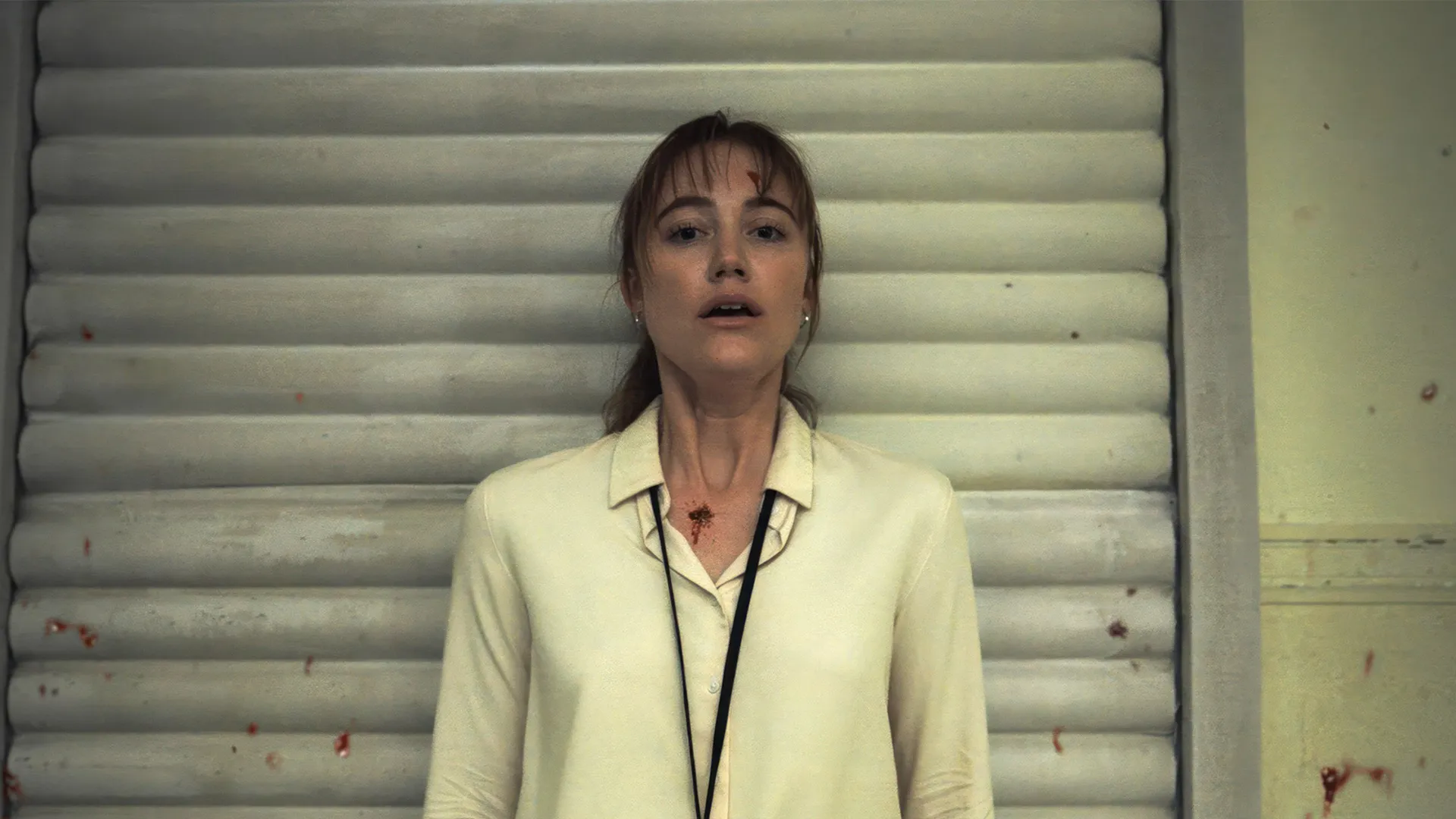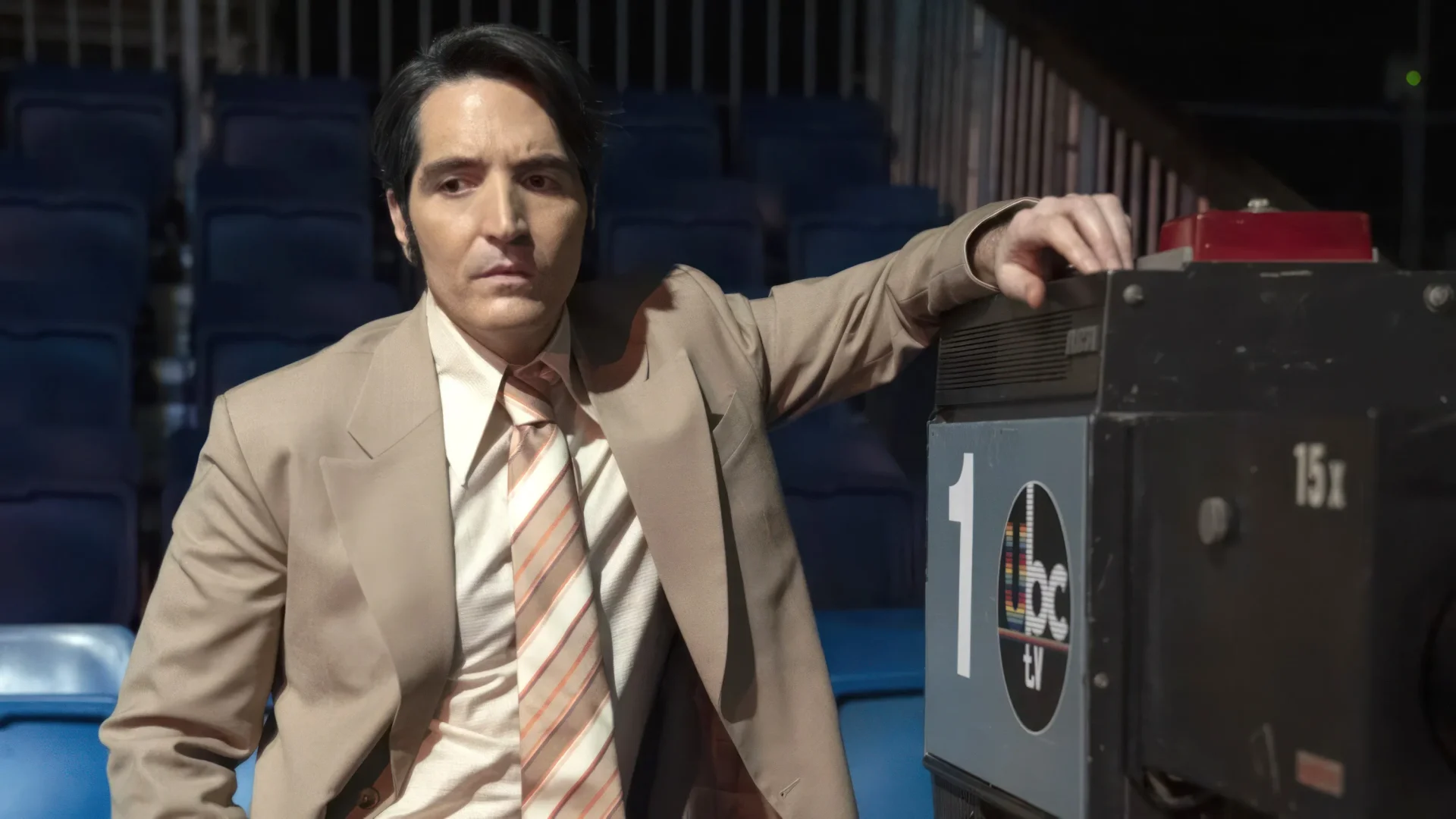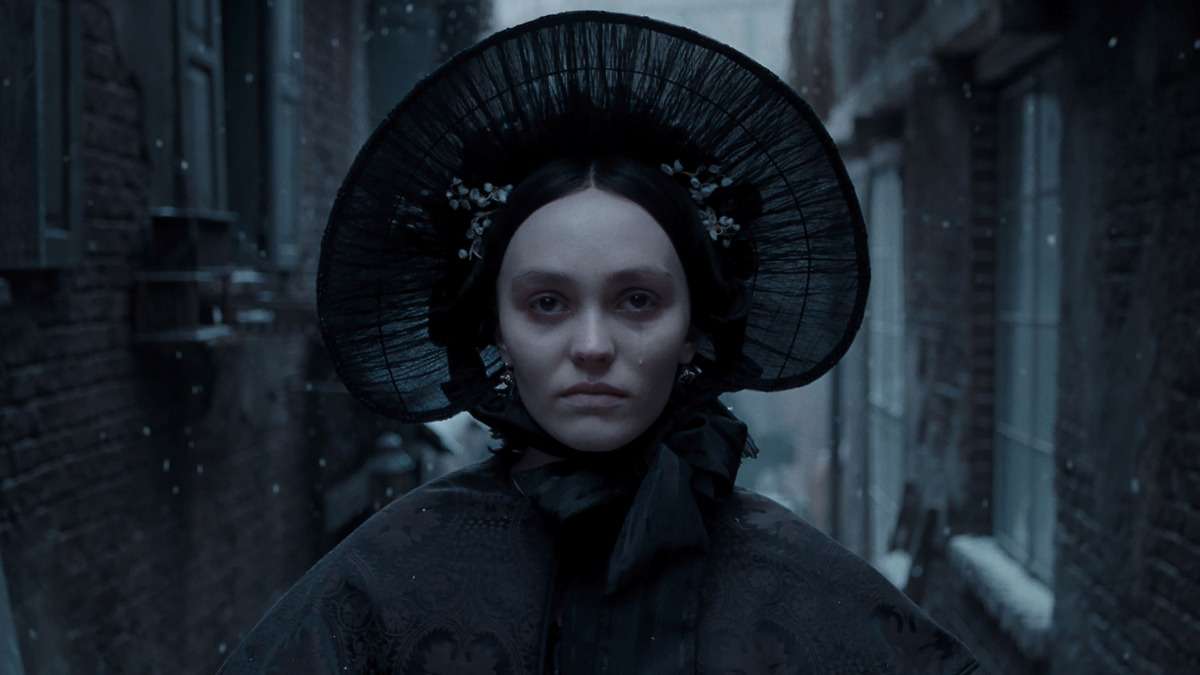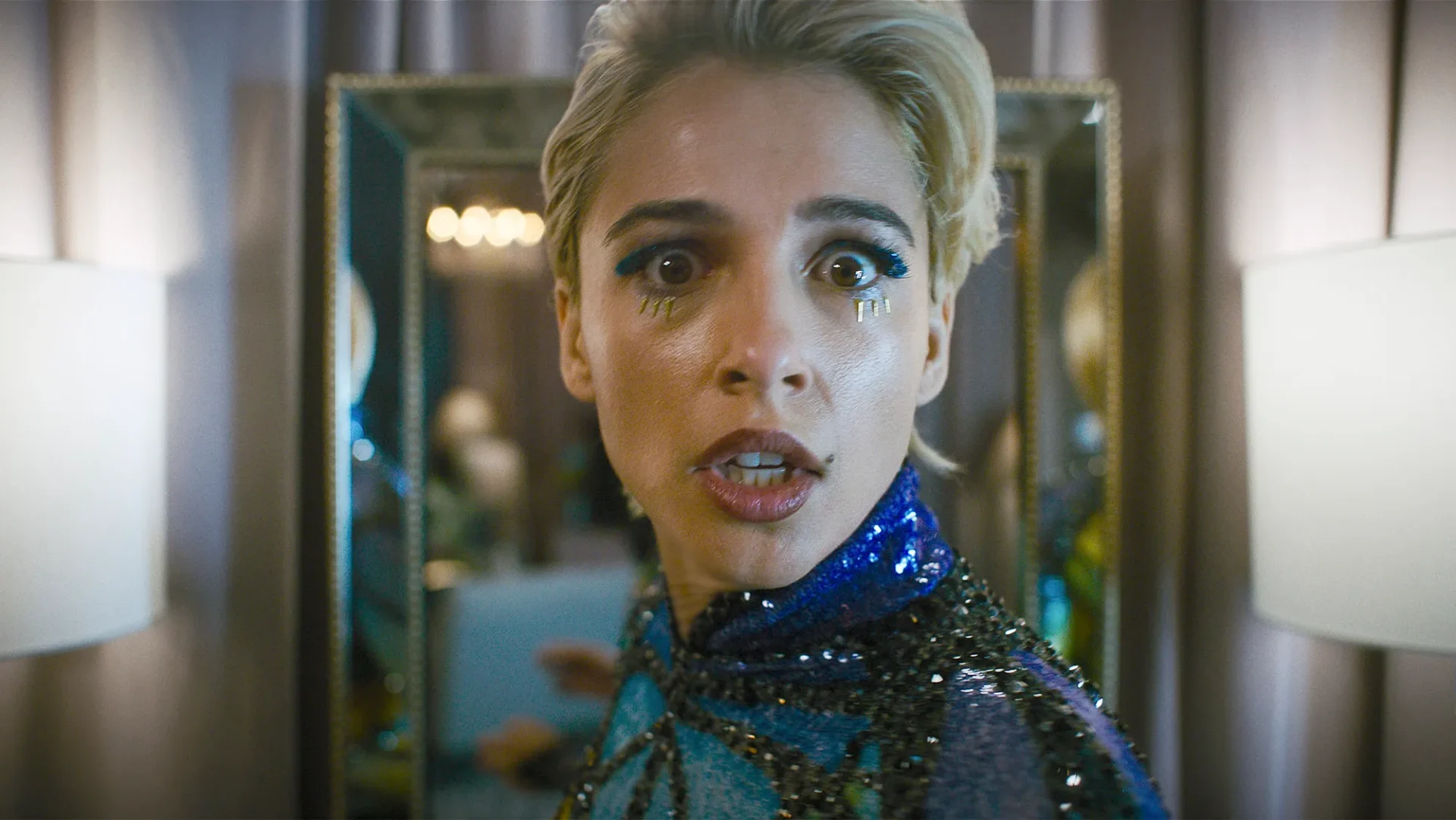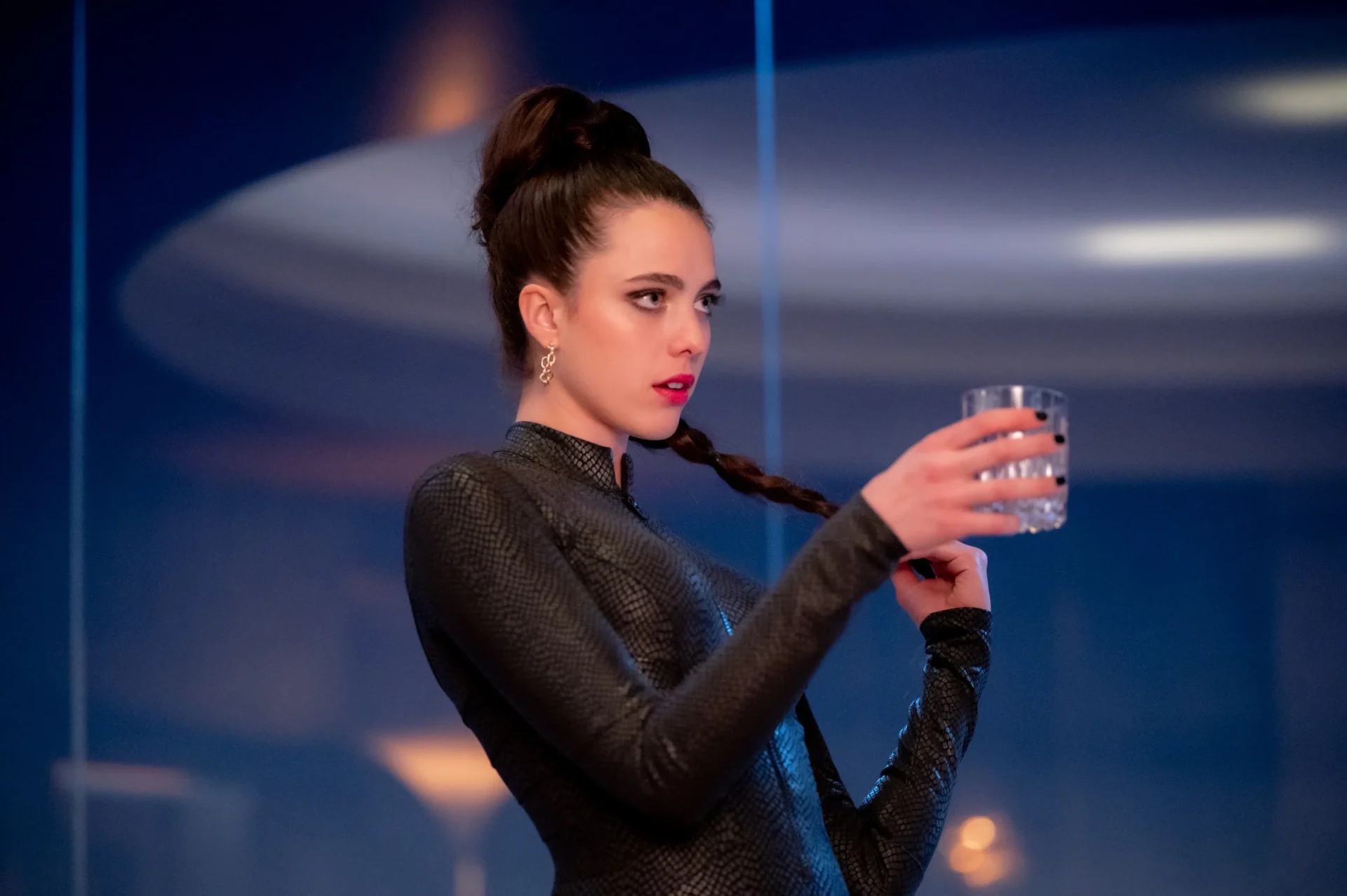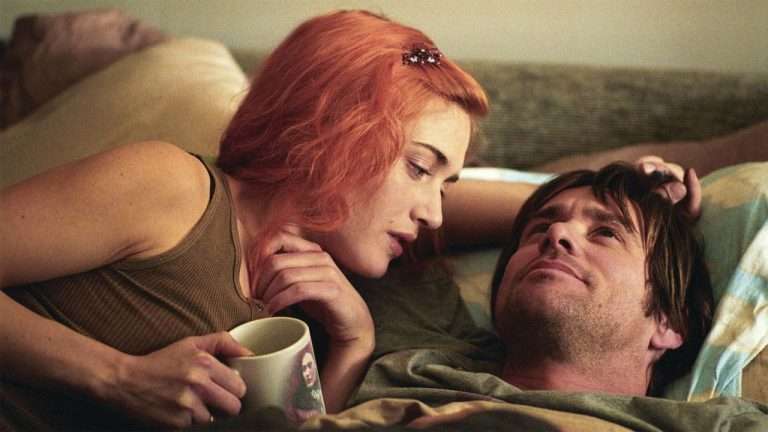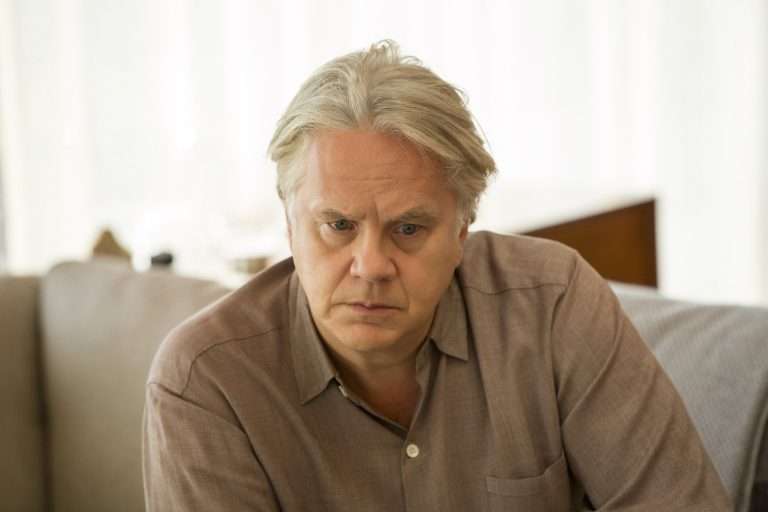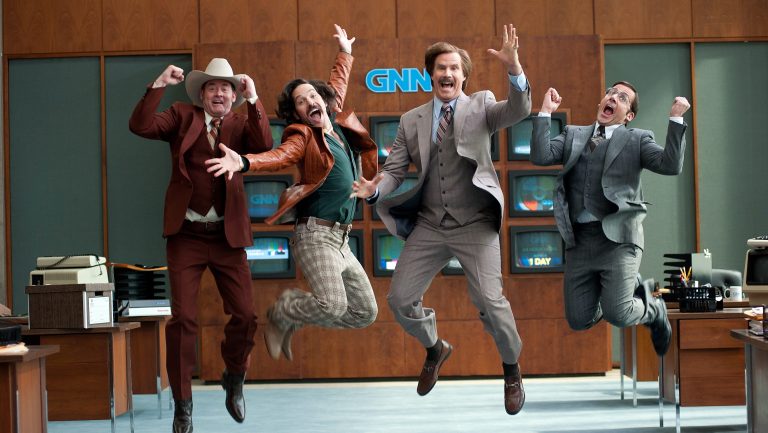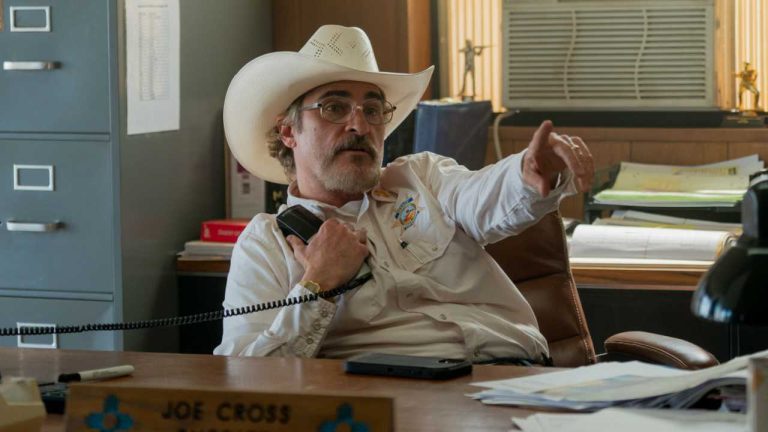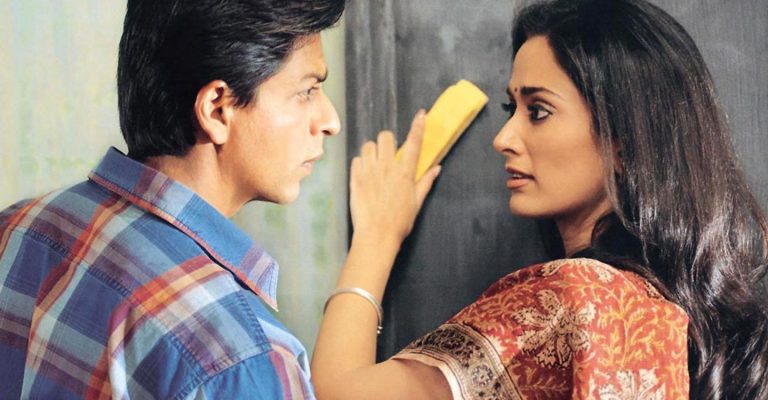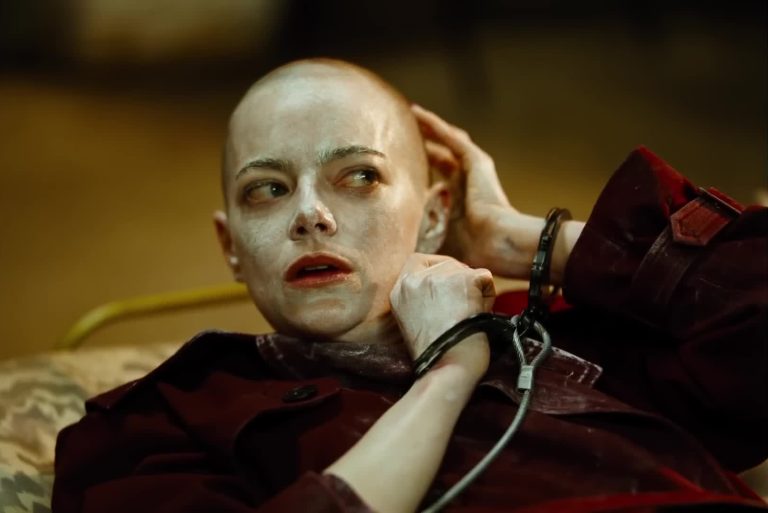Horror in 2024 proved that the genre thrives on reinvention, delivering a lineup as daring as it was unsettling. While the year saw its share of sequels and prequels, what stood out were films that reimagined old tropes with fresh perspectives. From slashers infused with arthouse aesthetics to nuns with evil pregnancies, horror expanded its boundaries. Themes of bodily autonomy and reproductive freedom resonated strongly, reflecting societal anxieties in the wake of seismic legal changes, while other films boldly tackled aliens, vampires, fanatics, and class disparity. The year wasn’t without its disappointments, but when horror soared, it truly transcended. Cinephiles flocked to both indie gems and boundary-pushing studio fare, underscoring a collective appetite for narratives that terrify and provoke. So let us take a look at the ten standout English-language horror movies of 2024—movies that not only chilled us to the bone but also made us think.
10. It’s What’s Inside
“It’s What’s Inside,” directed by Greg Jardin in his dazzling feature debut, takes the body-swap trope and spins it into a stylish, chaotic, and acidly funny horror thriller. Set against the backdrop of a friend group reuniting for a seemingly harmless game night, the film dives into literal mind-bending territory when a Mafia-like game forces the characters to swap bodies and guess each other’s identities. What ensues is a cleverly constructed, head-spinning narrative brimming with wit and flair.
Jardin’s kinetic filmmaking style — neon-drenched visuals, split screens, and acrobatic camera work — evokes Edgar Wright at his most inventive, while also capturing the frenetic energy of modern digital culture. The soundtrack is as eclectic as the visuals, featuring everything from Rossini to Bruno Nicolai, amplifying the film’s unrelenting pace and humor.
While the constant stylistic excess can overwhelm, it perfectly mirrors the film’s themes of superficiality and the masks we wear. The cast is sharp, seamlessly playing their characters and their swapped personas, making for a riveting exploration of fractured friendships and unresolved pasts. Though some of its quirks don’t work, especially the displaced ending, “It’s What’s Inside” is a clever, and intriguing ride — part social commentary, part sci-fi mind game — that’s as entertaining as it is thought-provoking. A must-watch for genre enthusiasts!
9. A Quiet Place: Day One
Michael Sarnoski’s “A Quiet Place: Day One” breathes new life into the horror prequel genre by rewinding the clock to the harrowing first day of the alien invasion. With Lupita Nyong’o delivering a heartfelt performance as Samira, a terminally ill woman navigating chaos with her service cat Frodo and a guilt-ridden law student Eric (Joseph Quinn), the film crafts a deeply humanist tale amidst its apocalyptic setting.
Sarnoski excels in capturing intimate, emotional moments—Djimon Hounsou’s portrayal of spiraling guilt is particularly a standout. The narrative is at its strongest when exploring these personal connections, subtly questioning the value of human bonds during catastrophic times. While the action sequences, such as chases through flooded subway tunnels, deliver tension, they occasionally fall into the liminal space between gritty realism and blockbuster spectacle.
Visually, the film lacks a distinct identity, leaving some alien encounters feeling more functional than frightful. However, its minor moments—a hand stifling a scream, children hiding in a fountain—linger in the mind, showcasing Sarnoski’s ability to elevate the familiar with nuance. “Day One” may not be groundbreaking, but it’s an evocative, well-acted addition to the franchise, striking a balance between heartfelt introspection and alien terror. It’s not just about surviving—it’s about rediscovering the meaning of living.
8. The First Omen
Arkasha Stevenson’s “The First Omen” deftly balances homage with innovation, breathing eerie new life into the iconic franchise. Set against the seething, vibrant backdrop of 1971 Rome, the film is a visual treat, drawing inspiration from the atmospheric works of Federico Fellini (“Roma”) and Dario Argento (“The Bird with the Crystal Plumage”). Nell Tiger Free delivers a compelling performance as Margaret, a novice nun whose arrival at a convent-run orphanage uncovers chilling secrets.
While the narrative revolves around a troubled orphan, Carlita, and Margaret’s unsettling connection to her, it’s Stevenson’s visceral storytelling and stunning visual style that elevates the experience. A maternity ward set piece, pushing the boundaries of the R-rating, delivers unforgettable, nerve-shredding horror. Stevenson’s ability to craft gut-wrenching tension, alongside her respect for genre classics like “Possession,” cements her as a filmmaker to watch.
Despite its stylistic triumphs, the film falters in its franchise obligations, with a finale that leans too heavily on formulaic beats. However, it successfully revitalizes a long-dormant IP, weaving a chilling tale that respects the original while daring to innovate. Backed by Adrien Morot’s exceptional prosthetic work, “The First Omen” births something rare in modern horror: a prequel with genuine scares, a rich atmosphere, and an eye for the uncanny.
7. Heretic
Scott Beck and Bryan Woods’ “Heretic” is a chillingly intellectual horror that deftly straddles the line between theological exploration and spine-tingling tension. Anchored by an utterly creepy performance from Hugh Grant as the sadistic Mr. Reed, the film pits two young Mormon missionaries—played with remarkable nuance by Sophie Thatcher and Chloe East—against an antagonist whose charm and cruelty make for a delicious villain.
The story unfolds in the claustrophobic confines of Reed’s home, where theological debates turn sinister, transforming into psychological warfare. Beck and Woods’ sharp script blends religious history with a darkly comedic edge, making the dialogue as engaging as the looming threat. Grant’s portrayal is particularly magnetic, channeling equal parts menace and wit, while East’s depiction of Sister Paxton provides a layered counterpoint that evolves beyond the archetype of innocence.
Though the final act falters slightly as it attempts to address the existential questions raised, “Heretic” leaves much for the audience to ponder. It’s a rare breed of horror that thrills both the mind and the senses, questioning the foundations of belief without outright condemning faith. A triumph of tension and thought, “Heretic” is as provocative as it is haunting—a must-watch for genre enthusiasts.
Related to the Best English Language Horror Movies of 2024 – Heretic (2024) Movie Ending Explained: What Does the Butterfly Symbolize in the Ending of ‘Heretic’?
6. Alien: Romulus
Fede Álvarez’s “Alien: Romulus” triumphantly returns the franchise to its claustrophobic, nerve-jangling roots, blending nostalgia with a modern twist. Set between Ridley Scott’s “Alien” and James Cameron’s “Aliens,” Álvarez meticulously recreates the retro-futuristic aesthetic, i.e., weathered industrial environments, malfunctioning machinery, and jets of ominous steam. His reverence for the series’ anti-corporate ethos and his focus on ordinary, relatable characters ground this sci-fi horror in an immersive realism.
The plot, co-written with Rodo Sayagues, moves briskly and avoids the logical pitfalls that plagued “Prometheus” and “Covenant.” The younger cast brings fresh energy, though most characters remain underdeveloped save for standouts Rain (Cailee Spaeny) and Andy (David Jonsson). Álvarez’s mastery of tension-building and inventive action is evident in a standout gravity-defying set-piece involving the Xenomorphs’ acidic blood. These iconic monsters are as terrifying as ever, delivering cinematic nightmares to the audience!
However, “Alien: Romulus” leans heavily on fan service, from callbacks to the series’ lore to a divisive cameo from a past character. While Álvarez succeeds in honoring the franchise’s legacy, his reluctance to innovate limits the film’s impact. Ultimately, “Alien: Romulus” is a fun, gripping, and stylish thriller but leaves one yearning for bolder strides into uncharted territory.
5. Longlegs
Osgood Perkins’ “Longlegs” is not merely a procedural thriller—it’s a descent into a chilling, atmospheric nightmare. Drawing comparisons to “The Silence of the Lambs” and “Zodiac,” the film transcends the confines of the genre by focusing less on plot mechanics and more on the pervasive sense of dread that permeates every frame.
Set in the ’90s, the story follows FBI agent Harker, played with conviction by Maika Monroe, as she hunts the enigmatic serial killer known as Longlegs. While its narrative roots feel familiar—a cat-and-mouse game between a relentless investigator and a figure of pure evil—the film’s tone and visuals mark it as something entirely its own. Perkins masterfully crafts haunting imagery and unnervingly precise compositions, turning mundane settings into brooding landscapes of menace.
Nicholas Cage delivers a standout performance as Longlegs, embodying a villain of harrowing, almost otherworldly evil. Kiernan Shipka and Alicia Witt add depth to a cast that leans into Perkins’ exaggerated, theatrical style. From its oppressive sound design to its unnerving home-video-style flashbacks, “Longlegs” is a purposefully unsettling cinematic experience. With its relentless atmosphere, it eschews cheap twists for an unshakable mood, ensuring audiences feel haunted and contemplate its darkness for days.
Similar to English Language Horror Movies of 2024 – Longlegs (2024) Movie Ending Explained: How is Agent Lee Harker Related to Longlegs?
4. Late Night with the Devil
“Late Night with the Devil” is a chilling and clever homage to 1970s late-night television, blending nostalgia with a mounting sense of dread. Directed by Colin and Cameron Cairnes, the film unfolds in real-time as the fictional Night Owls With Jack Delroy hosts a Halloween special that spirals into chaos. Anchored by David Dastmalchian’s masterful portrayal of the ambitious yet haunted host Jack Delroy, the film is as much about the horrors of fame as it is about the supernatural.
The Cairnes brothers expertly mimic the aesthetics of vintage TV with washed-out colors, simple camerawork, and period-accurate sets, drawing viewers into the era. The supporting cast, particularly Ian Bliss as the skeptical Carmichael, adds layers of intrigue and tension to the unfolding nightmare. Meanwhile, the film’s documentary-style introduction and behind-the-scenes glimpses enhance its unsettling authenticity.
What sets “Late Night with the Devil” apart is its satirical edge. While delivering effective scares, it critiques the relentless pursuit of relevance in the entertainment world. Dastmalchian’s nuanced performance—balancing charm, desperation, and terror—elevates the film into a genre standout. Immersive, inventive, and unforgettable, this low-budget gem is definitely one of the finest horror movies of 2024.
3. Nosferatu
Robert Eggers’ “Nosferatu” is a lavish, reverential remake of F.W. Murnau’s 1922 silent masterpiece, one that reimagines Bram Stoker’s vampire mythos with meticulous craftsmanship. Set in a hauntingly re-created 19th-century Wisborg, the film pays homage to the original’s German Expressionist roots while infusing it with Eggers’ distinct visual sensibilities. The result is a visually arresting piece steeped in atmosphere, but one that occasionally feels more like an exhibit of cinematic artistry than an emotionally gripping narrative.
Bill Skarsgård delivers a menacing turn as Count Orlok, embodying a folkloric vampire as a grotesque, walking corpse—a far cry from the romanticized Dracula of past adaptations. Enhanced by exquisite prosthetic makeup and a chillingly guttural voice, Skarsgård’s portrayal is both unsettling and mesmerizing. Lily-Rose Depp, as the ill-fated heroine, shines in moments of sensuality and physical intensity.
Eggers’ attention to detail is staggering, from the picturesque German town to the eerie Transylvanian castle. Yet, the stylized dialogue and self-conscious reverence for the source material leave the film a bit emotionally distant. While it may lack the sense of genuine terror, “Nosferatu” is a technical triumph with flashes of brilliance – a masterpiece in gothic horror that you will not be able to forget soon.
2. Smile 2
Parker Finn’s “Smile 2” is a bracing and gripping return to the franchise’s sinister grin. This sequel expands on the unsettling psychological torment of its predecessor while delving into the destructive pressures of fame. Naomi Scott gives a star-making performance as Skye Riley, a troubled pop star grappling with addiction, grief, and a malevolent curse that exploits her insecurity. Scott’s emotionally raw performance anchors the chaos, drawing us into Skye’s fractured psyche as the demon weaponizes her vulnerabilities.
Finn amps up the horror with wince-inducing body horror and inventive scares, including a chilling sequence involving Skye’s backup dancers. The eerie, hallucinatory visuals and Cristobal Tapia de Veer’s droning score craft a suffocating atmosphere of dread. However, the film occasionally stumbles with a bloated runtime and uneven supporting performances but these are just small roadblocks in an otherwise smart and superior sequel.
“Smile 2” is more than jump scares; it’s a dark commentary on the cost of stardom, especially for young women. Skye’s haunting descent feels all too real in a culture quick to idolize and discard. I felt it was a step up from the original, and its emotional depth ensures it lingers long after the credits roll. It’s terrifying, tragic, and twisted—everything fans hoped for and more.
Similar to English Language Horror Movies of 2024 – The 50 Best New Movies to Stream on Netflix, Prime Video, HBO (Max), Shudder, Hulu, Apple TV+ & More (January 2025)
1. The Substance
Coralie Fargeat’s “The Substance” is a visually arresting exploration of beauty, aging, and the impossible standards imposed on women. Demi Moore delivers one of her most emotionally resonant performances as Elisabeth Sparkle, a fading aerobics icon who trades her 50-year-old self for a younger clone (played with eerie charm by Margaret Qualley). The result is a chilling dive into body horror and identity, elevated by stunning practical effects and Benjamin Kracun’s Lynchian cinematography.
Fargeat crafts a world dripping with stylized menace—part retro-futurism, part fever dream. The gruesome transformation sequences are mesmerizing, pushing the boundaries of beauty and grotesquerie. Her commentary on societal beauty standards is searing, and she is not shy about lighting a fuse on her anger. “The Substance” is unapologetically graphic about ideals of beauty beyond the reach of mere mortals and the body horror inflicted in the name of achieving it.
Given all the glossiness the film projects, Moore’s raw vulnerability—especially in a gut-wrenching scene where she oscillates between self-love and loathing—grounds the film in comparison to its more over-the-top moments. “The Substance” may not be for everyone, but for those willing to endure its visceral shocks, it’s a bold, unforgettable ride that grapples unapologetically with the curse of aging in a youth-obsessed culture. You wouldn’t have watched something like this in a long time! This is a deranged Masterpiece that deserves to be on the top of this list!

